Description
- Sahitya Bhawan Lab Manual with theory, Viva-voce Questions and Laboratory instruction for class 9, 10, 11, 12 has been prepared in accordance with the NCERT, CBSE, UP Board and other state boards syllabus.
- Practical book provides a better understanding of various concepts in a lucid manner.
- The entire matter is prepared in a way that it provides complete understanding of each topic.
- Viva-voice questions and answers helps the students in having a better understanding of concepts.
- Viva Voce questions are followed with answers.
- After theory matter, blank pages are provided for writing experiments.
- Lab Manual series contains Science, Mathematics, Social Science, Physics, Chemistry, Biology, Physical Education.
- Practical File | Practical file pdf ebook | State Board, Project work | How to write preface for a project | Latest Edition |State Board |Based on Ncert textbook |As per Ncert book | Ncert book questions |First class |Second class |Third class |Fourth class |Fifth class |Sixth class |Seventh class |Eight class |Ninth class |Tenth class |Eleventh class |Twelfth class |Worksheet | Book list |Hand writing book | Pdf dowanload (ebook).
Contents
- General introduction : science and physics
Section : AExperiment No. 1
- To determine resistance per cm of a given wire by plotting a graph of potential difference versus current.
- Experiment No. 2
To find the resistance of a given wire using Meter bridge and hence determine the specific resistance of its material.
- Experiment No. 3
To verify the law of combination (series) of resistances using a Meter bridge.
- Experiment No. 4
To verify the law of combination (parallel) resistances using a Metre bridge.
- Experiment No. 5
To compare the emfs of two given primary cells using potentio meter.
- Experiment No. 6
To determine the internal resistance of a given primary cell using potentio meter.
- Experiment No. 7
To determine the resistance of a galvanometer by half deflection method and to find its figure of merit.
- Experiment No. 8
To convert a given galvanometer (of known resistance and figure of merit) into a voltmeter of desired range and to verify the same.
- Experiment No. 9
To convert the given galvanometer (of known resistance and figure of merit) into an ammeter of desired range and to verify the same.
- Experiment No. 10
To find the frequency of the a.c. mains with a Sono meter
- Activity no. 1
To measure the resistance and impedance of an inductor with or without iron Core.
- Activity No. 2
To measure resistance, voltage (ac / dc) current (ac) and check continuity of a given circuit using multi-multi meter.
- Activity No. 3
To assemble a household circuit comprising three bulbs, three (on/off) switches, a fuse and a power source.
- Activity No. 4
To assemble the components of a given electrical circuit.
- Activity No. 5
To study the variation in potential drop with length of a wire for a steady current.
- Activity No. 6
To draw the diagram of a given open circuit comprising at least a battery, resistor/rheostat, key, ammeter and voltmeter. Mark the components that are not connected in proper order and correct the circuit and also the circuit diagram.
Experiment : B
- Experiment : No. 1
To find the value of v for different value of u in case of a concave mirror and to find the focal length.
- Experiment No. 2
To find the focal length of a convex mirror, using a convex lens.
- Experiment No. 3
To find the focal length of a convex lens by plotting graphs between u and v or between 1/u and 1/v.
- Experiment No. 4
To find the focal length of a concave lens, using convex lens.
- Experiment No. 5
To determine the angle of minimum deviation for a given prism by plotting a graph between the angle of incidence and angle of deviation.
- Experiment No. 6
To determine the refractive index of a glass slab using a travelling microscope.
- Experiment No. 7
To find the refractive index of a liquid by using convex lens and plane mirror.
- Experiment No. 8
To study the characterstic curve of a p-n junction diode in forward bias and reverse bias.
- Experiment No. 9
To draw the characterstic curves of a zener diode and to determine its reverse breaks down voltage.
- Experiment No. 10
To determine the wavelength of a laser beam by diffraction.
- Activity no. 1
To identify a diode, an LED, a transistor, an IC, a resistor and a capacitor from a mixed collection of such items.
- Activity No. 2
Use of multi meter to :
(a) Identify base of transistor
(b) distinguish between n-p-n and p-n-p type transistors.
(c) see the unidirectional flow of current in case of a diode and an LED.
(d) check whether a given electronic component (eg. diode, transistor or IC) is in working order)
- Activity No. 3
To study the effect of intensity of light (by varying distance of the source) on an LDR. 7
- Activity No. 4
To observe refraction and lateral deviation of a beam of light incident obliquely on a glass slab.
- Activity No. 5
To observe polarisation of light using two polaroids.
- Activity No. 6
To observe diffraction of light due to a thin slit.
- Activity No. 7 (A)
To study the nature and size of the image formed by a convex lens on a screen by using a candleand a screen (for different distances of the candle from the lens.).
- Activity No. 7 (B)
To study the nature and size of the image for-med by a concave mirror on a screen by usinga candle and a screen (for different distances of the candle from the lens.).
- Activity No. 8
To obtain a lens combination with the specified focal length by using two lenses from the given set of lenses.
Investigatory Projects
- project 1
- To study the various factors on which the internal resistance/EMF of a cell depends.
- project 2
To study the variations in current flowing in a circuit containing an LDR because of a variation in (a) the power of the incandescent lamp, used to illuminate the LDR (keeping all the lamps at a fixed distance), (b) the distance of a incandescent lamp (of fixed power) used to illuminate the LDR .
- project 3
To find the refractive indices of (a) water(b) oil (transparent) using a plane mirror, an equiconvex lens (made from a glass of known refractive index) and an adjustable object needle.
- project 4
To design an appropriate logic gate combination for a given truth table.
- project 5
To investigate the relation between the ratio of (i) output and input voltage and (ii) number of turns in the secondary coil and primary coil of a self-designed transformer..
- project 6
To investigate the dependence of the angle of deviation on the angle of incidence using a hollow prism filled one by one, with different transparent fluids.
- project 7
To estimate the charge induced on each one of the two identical styro foam (or pith) balls suspendend in a vertical plane by making use of Coulombs law.
- project 8
To study the factor on which the self-inductance of a coil depends by observing the effect of this coil, when put in series with a resistor (bulb) in a circuit fed up by an A.C. source of adjustable frequency.
- project 9
To study the earths magnetic field using atangent galvanomet
₹370.00 Original price was: ₹370.00.₹263.00Current price is: ₹263.00.Add to cart


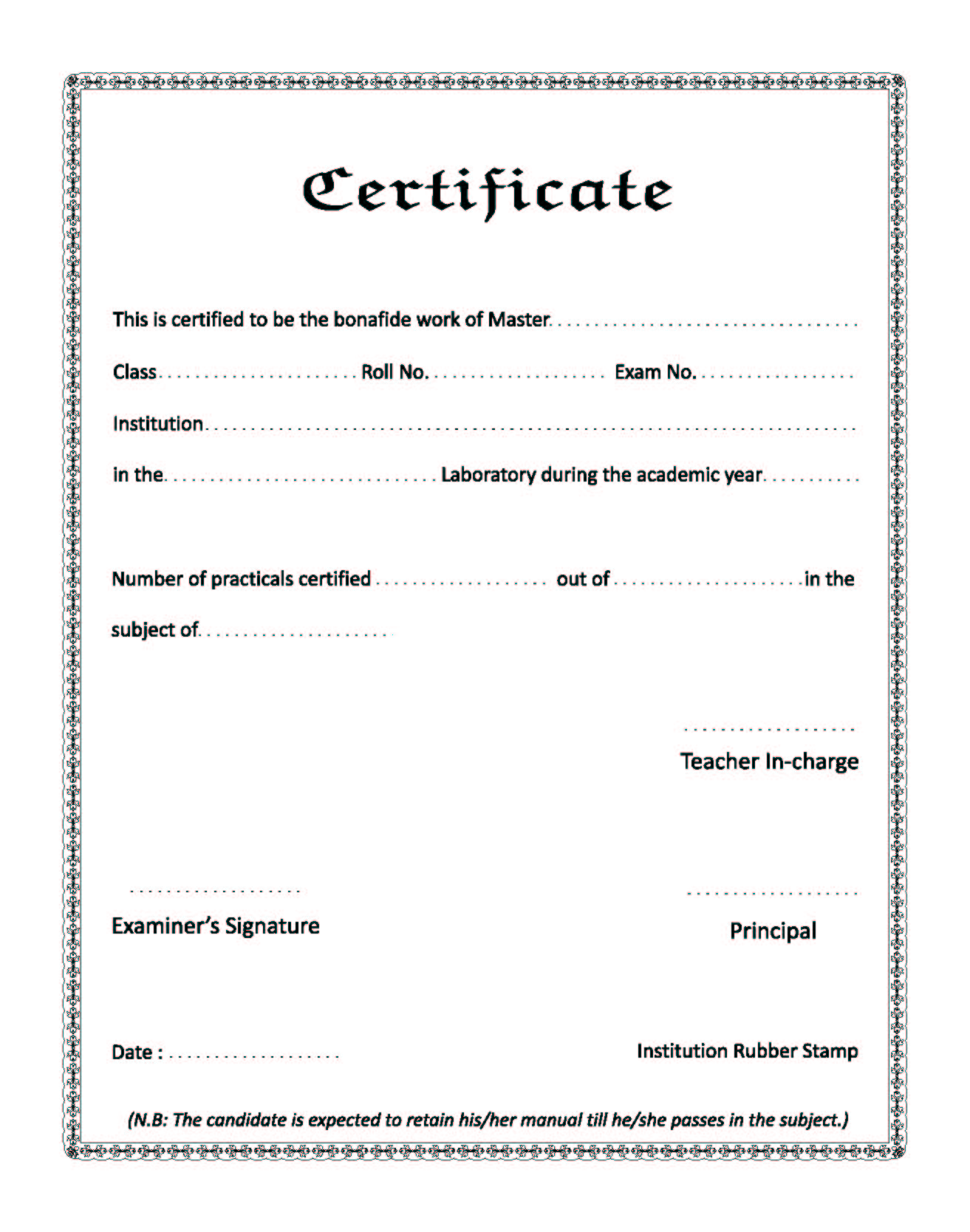
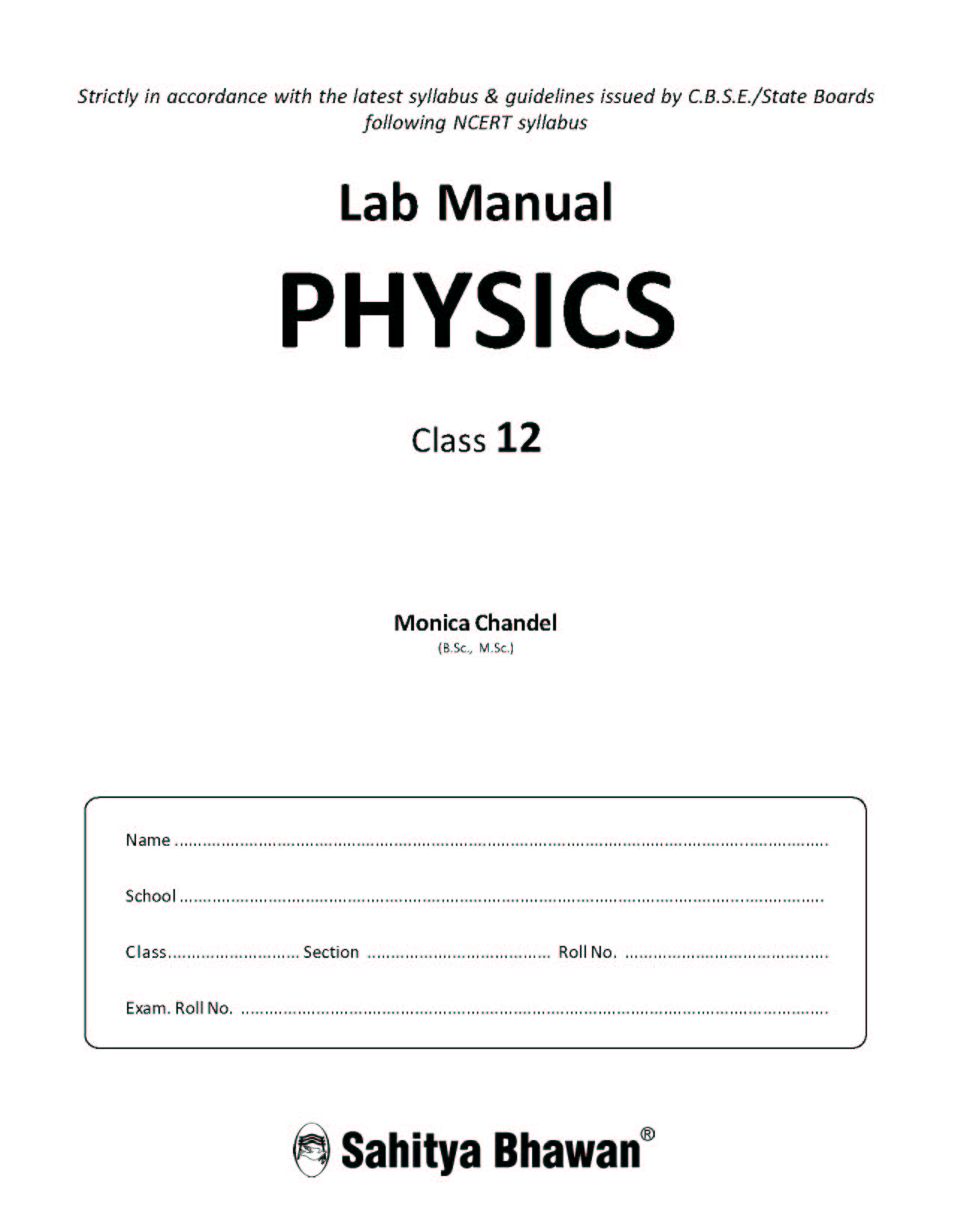
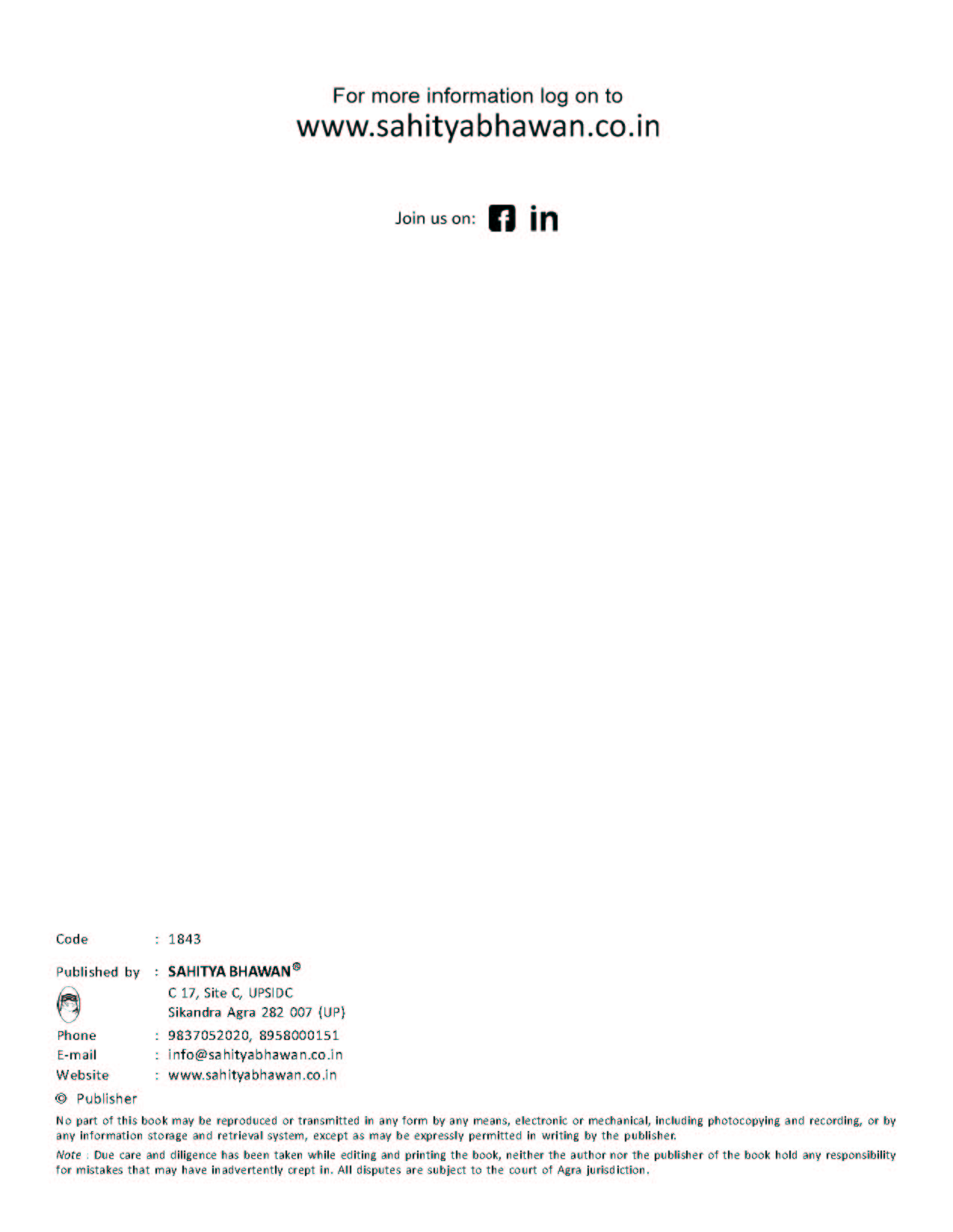
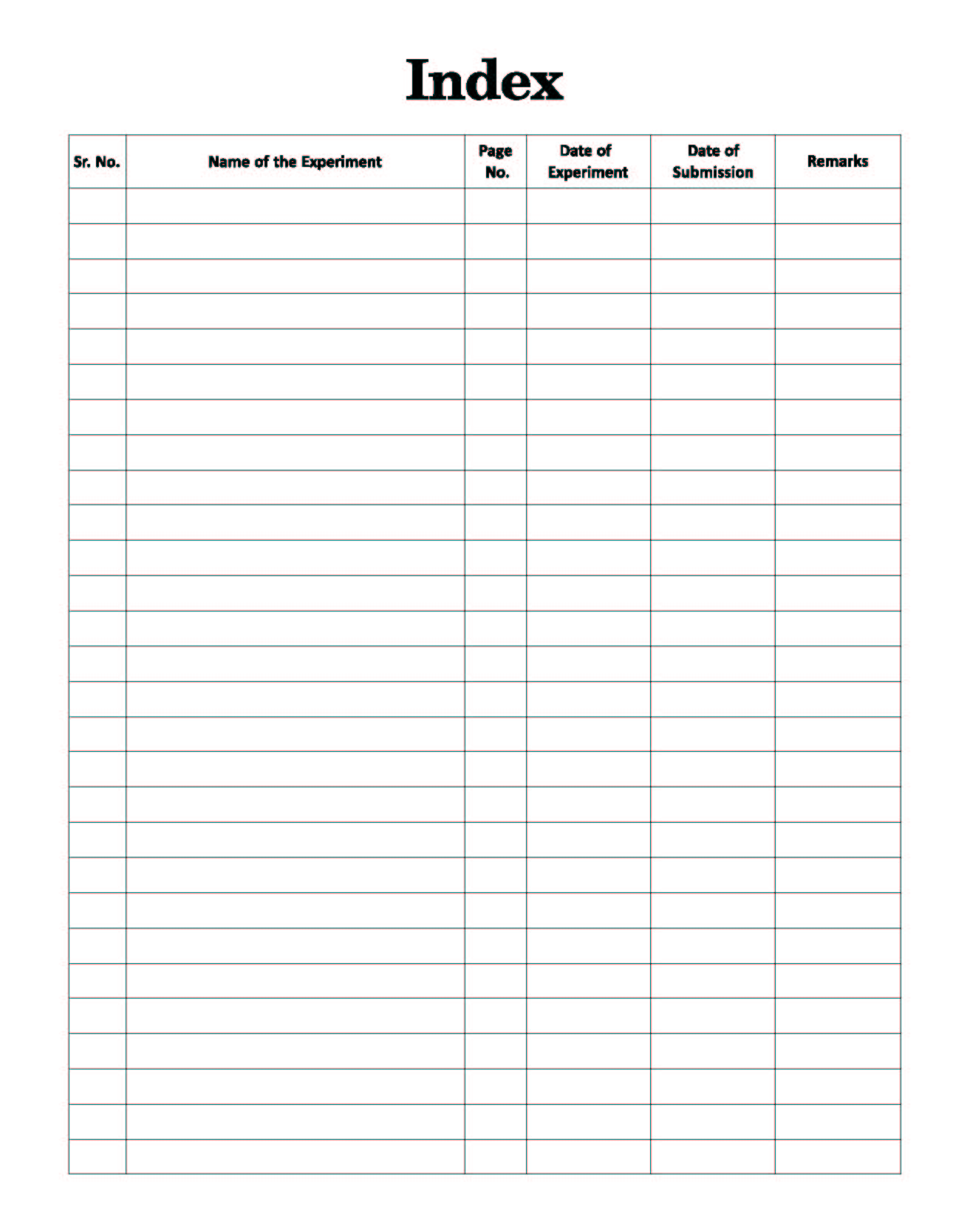
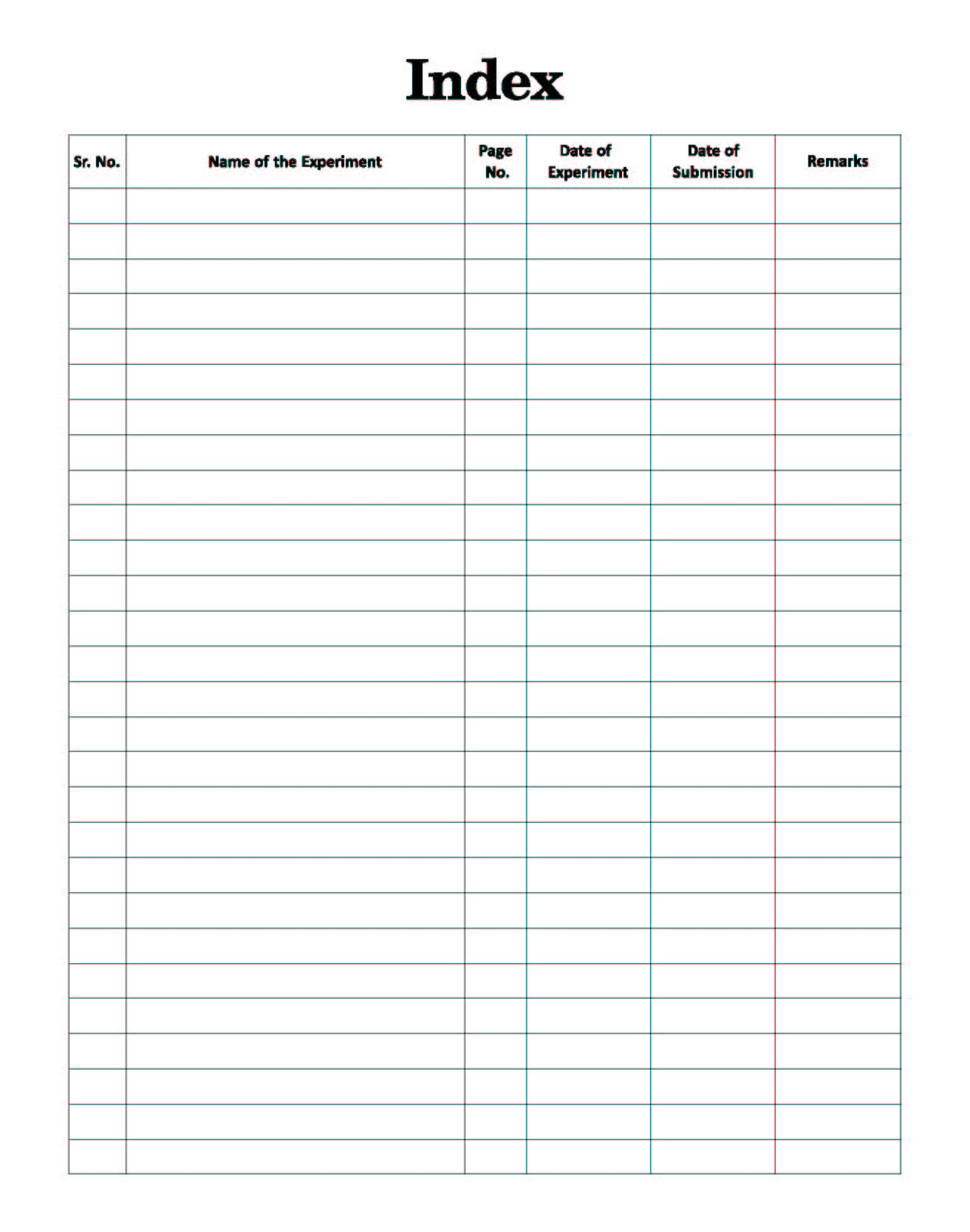
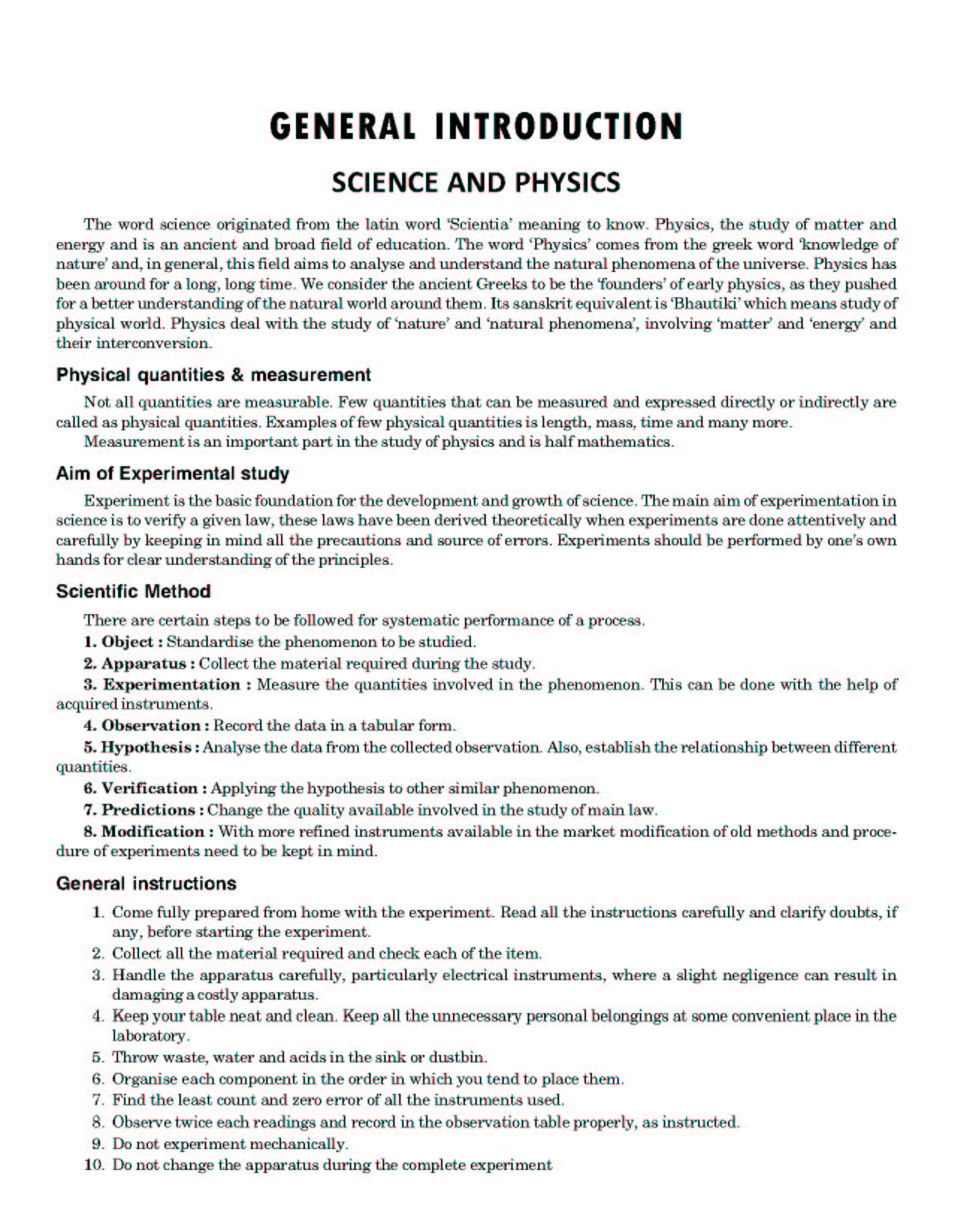
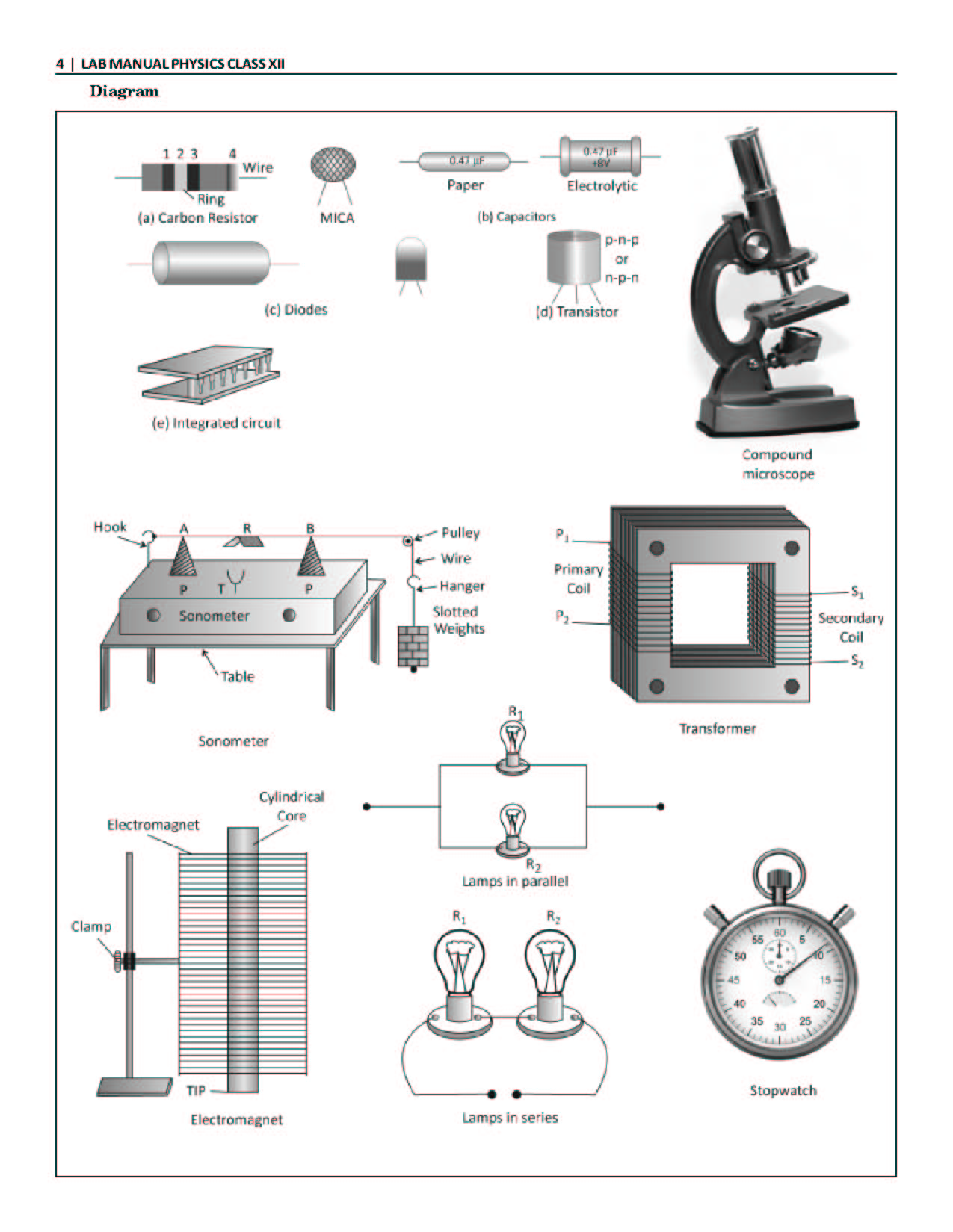
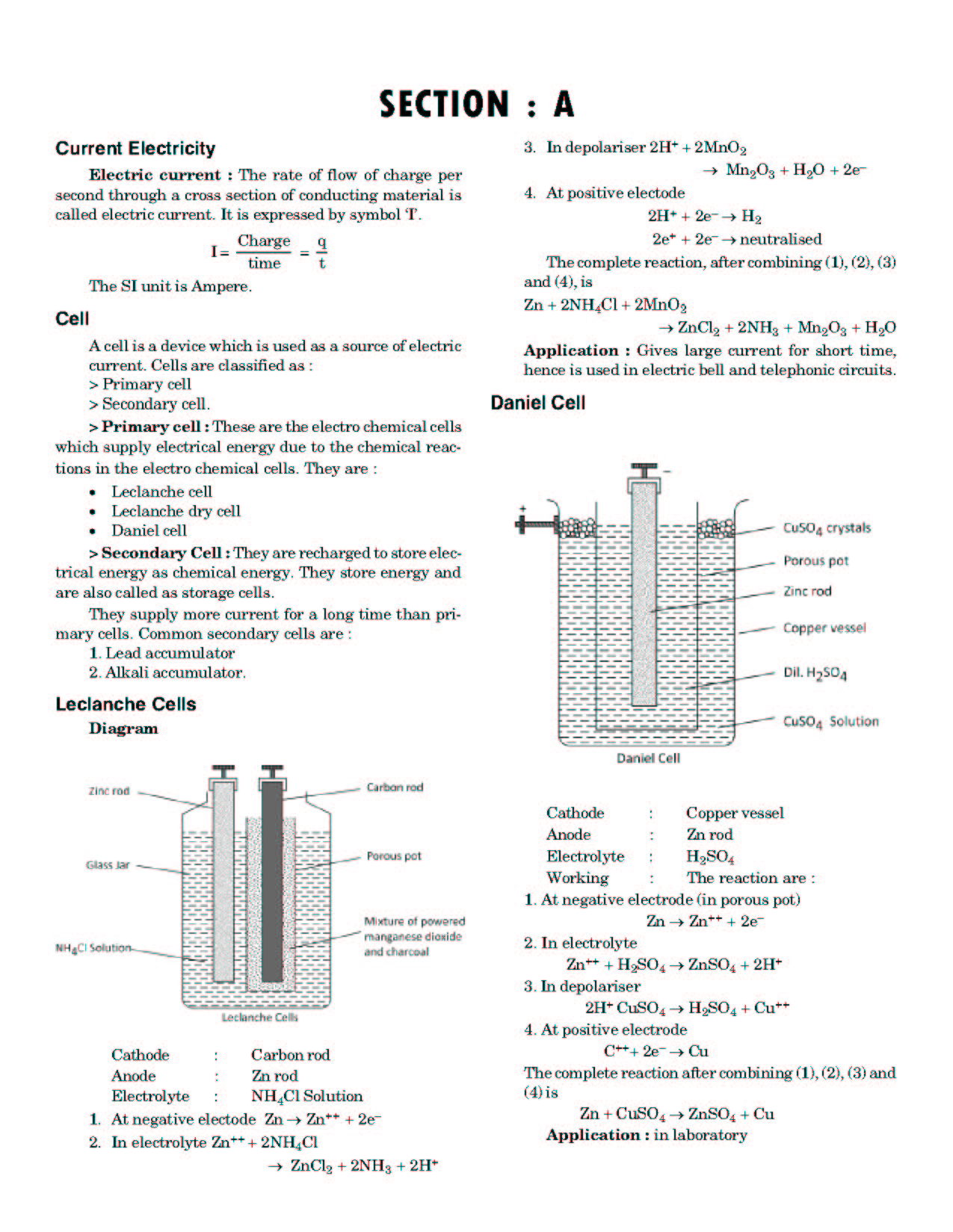
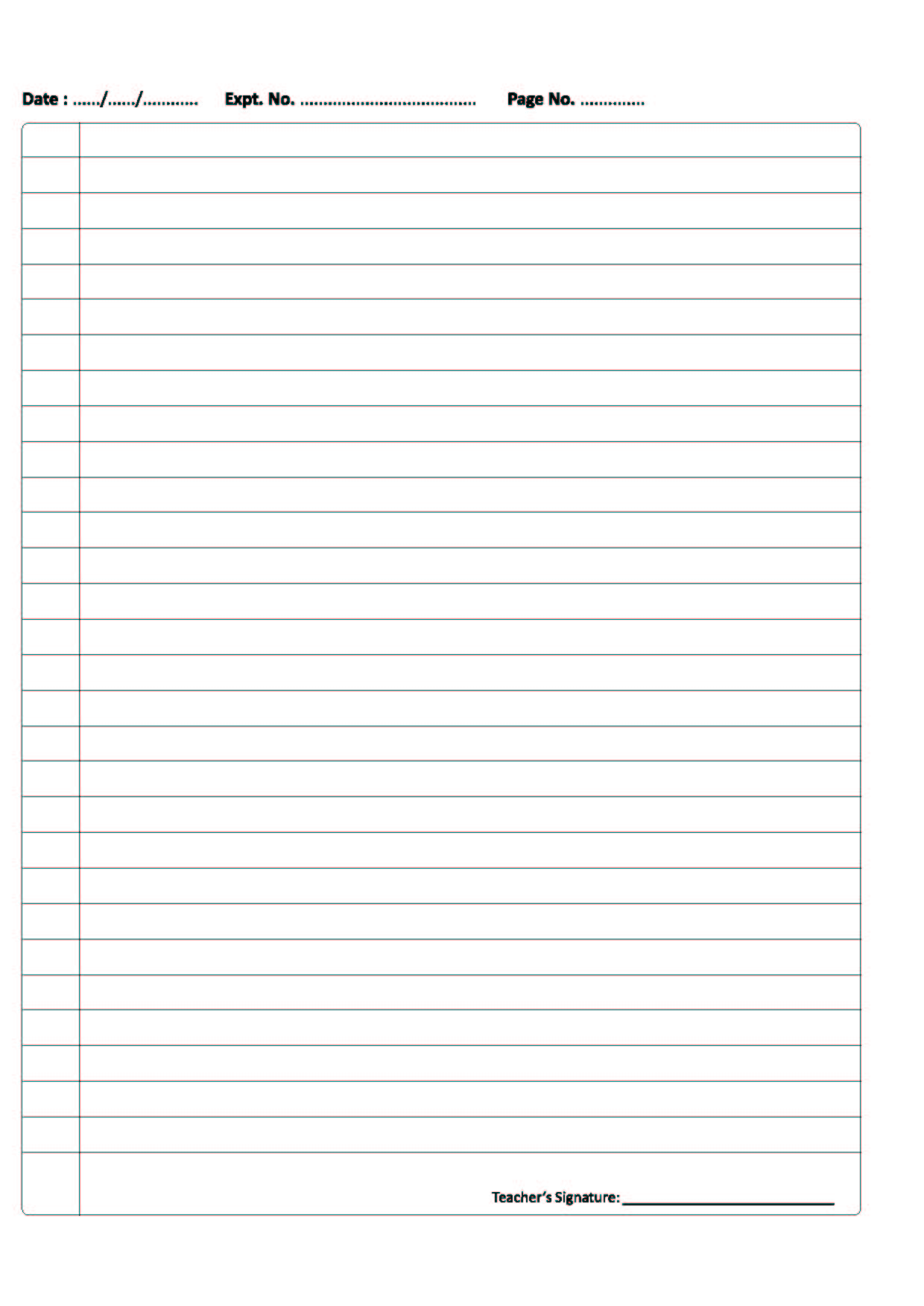

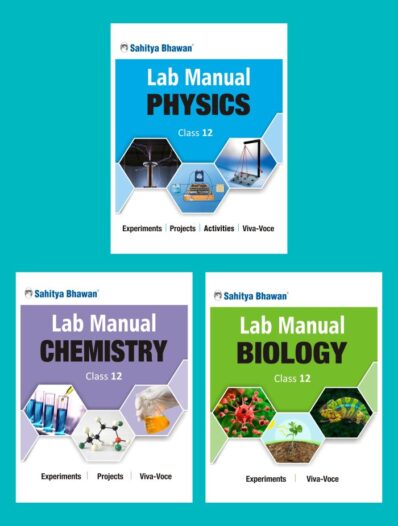
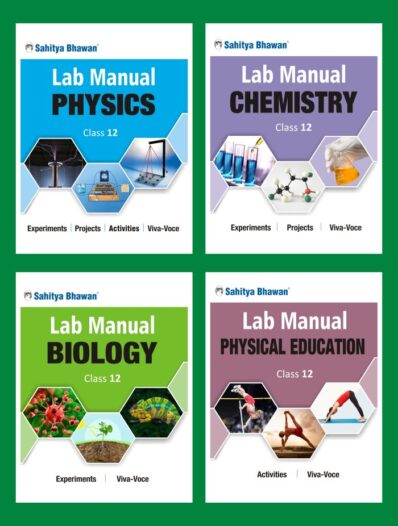
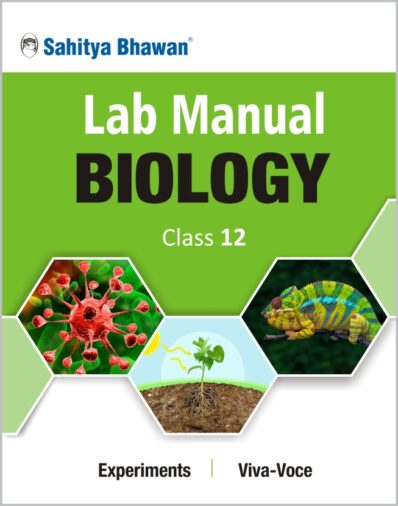
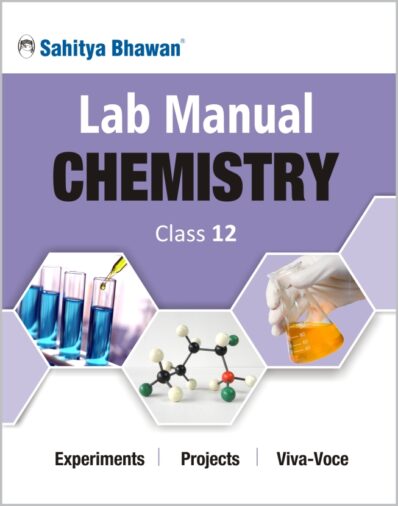
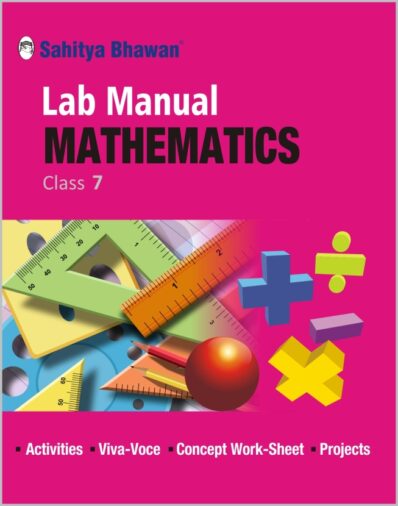
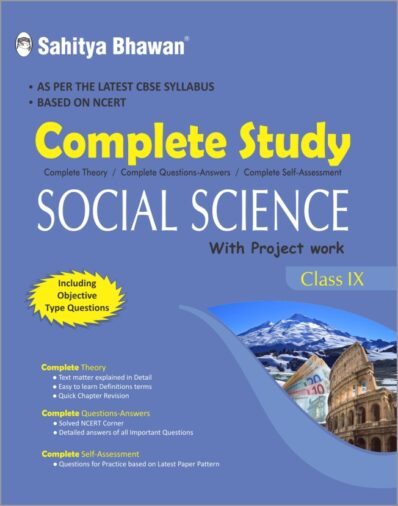
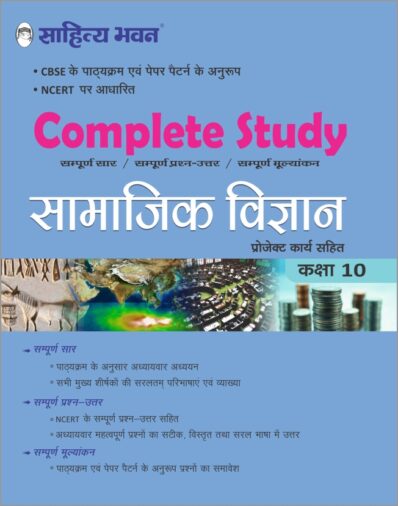
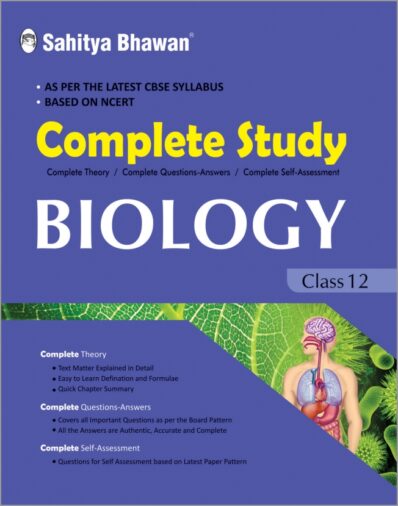


Reviews
There are no reviews yet.